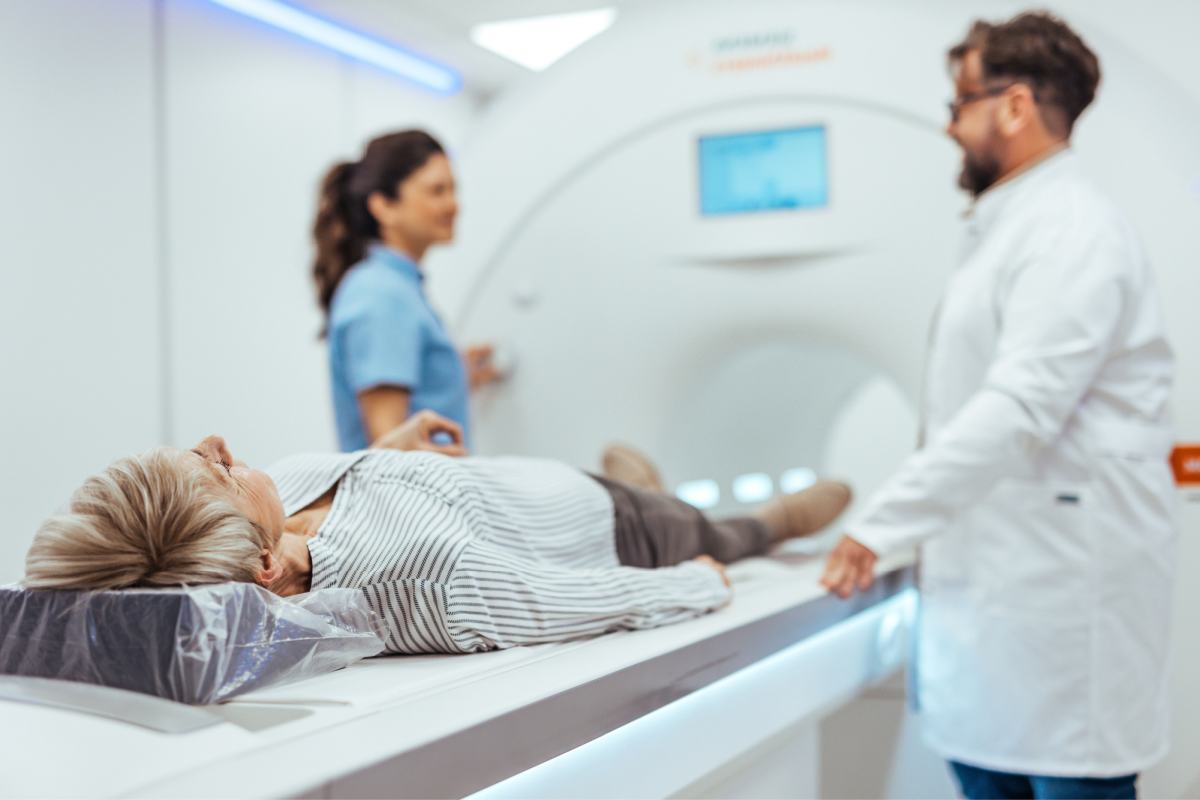Today is World Arthritis Day (WAD) and this year’s theme is “Don’t Delay, Connect Today,” initiated by the European Alliance of Associations for Rheumatology (EULAR), to help raise awareness about the early diagnosis of rheumatic and musculoskeletal diseases (RMD). Arthritis is a chronic disease that afflicts one in four Americans.
But there could soon be a path to prevention of the disease. Last week, a study that “stumbled upon” a vaccine for rheumatoid arthritis (RA) was published in the Proceedings of the National Academy of Sciences. The experimental arthritis vaccine was developed by researchers at the University of Toledo (UToledo) and is a major breakthrough for rheumatoid arthritis and other autoimmune diseases as well.
The vaccine was tested in rats and showed strong, immediate and long-lasting immune responses to confer protection against the disease.
Rheumatoid arthritis is a type of inflammatory arthritis in which the body attacks and breaks down its own healthy tissues. It is one of the most common and debilitating autoimmune disorders, often affecting the lining of joints in the knees, ankles, wrists and hands. Currently, there is no cure or prevention for the disease.
Related: AbbVie in Hot Water Over Patent Abuses and Price Hikes to Block Humira Biosimilar Competition
The new investigational arthritis vaccine against inflammatory arthritis is based on the 14-3-3ζ (14-3-3 zeta) protein, which the UToledo researchers had been studying for its role in immune-related pathologies, such as aortic aneurysms and in signaling pathways involving the pro-inflammatory cytokine interleukin-17. 14-3-3ζ is an autoantigen, which means it is an endogenous antigen that triggers an immune response in the body.
The research team, led by Dr. Ritu Chakravarti, assistant professor in the UToledo College of Medicine and Life Sciences, and the paper’s lead author, was investigating 14-3-3ζ as a potential trigger for rheumatoid arthritis.
However, they found the opposite to be true, where the protein was actually protective against development of the disease. They found that removal of the protein using gene editing technology led to severe early onset arthritis as well as bone loss in two rat models. It also resulted in loss of anti-14-3-3ζ antibodies in the knockout (KO) rats. In rescue experiments, supplementation of the antibodies through passive immunization did not suppress arthritis.
With the finding that 14-3-3ζ is protective against rheumatoid arthritis, the researchers then developed a protein-based vaccine using purified 14-3-3ζ.
They found that 14-3-3ζ immunization during the presymptomatic phase of the disease in the animals led to significant suppression of arthritis in both the wild-type and 14-3-3ζ KO animals. It increased anti-14-3-3ζ antibody levels, collagen production, reduced joint inflammation and maintained bone quality.
“Much to our happy surprise, the rheumatoid arthritis totally disappeared in animals that received a vaccine,” Dr. Chakravarti said in a news release from UToledo. “Sometimes there is no better way than serendipity. We happened to hit a wrong result, but it turned out to be the best result. Those kinds of scientific discoveries are very important in this field.”
And indeed, the unexpected finding of the protective role of 14-3-3ζ in inflammatory arthritis has now led to a preventative arthritis vaccine.
The researchers have filed for a patent on their discovery and are seeking pharmaceutical industry partners to initiate a preclinical trial to evaluate the safety and toxicity profile of the vaccine.
“We have not made any really big discoveries toward treating or preventing rheumatoid arthritis in many years,” Dr. Chakravarti said. “Our approach is completely different. This is a vaccine-based strategy based on a novel target that we hope can treat or prevent rheumatoid arthritis. The potential here is huge.”
And on World Arthritis Day, this is very hopeful news for the millions of sufferers of the disease.
According to the Mayo Clinic, some of the symptoms of rheumatoid arthritis include tender and swollen joints; joint stiffness that is typically worse after inactivity, including in the mornings; and fatigue, fever and loss of appetite.












Join or login to leave a comment
JOIN LOGIN